
The Legend of Heroes: Trails Through Daybreak II Review
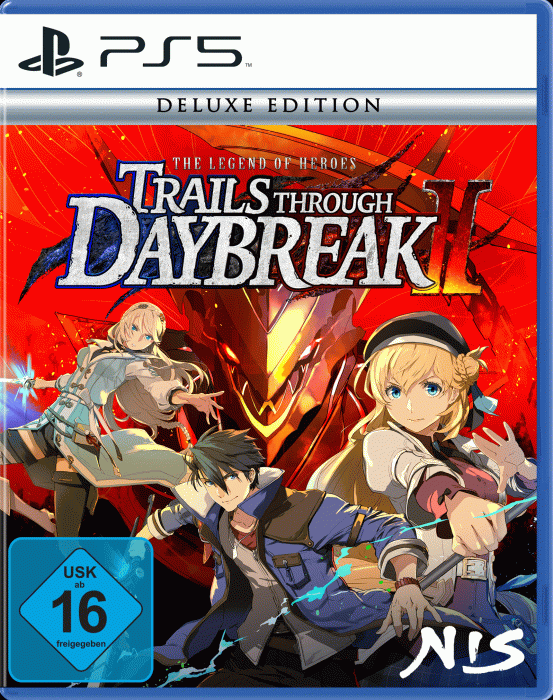
Pros
- Excellent Quality of Life throughout
- Arguably the best Trails Combat
- Enjoyable Cast
- Minigames help break up the formula
Cons
- Very poor plot that essentially goes nowhere
- Act III far too long with no payoff
- Still not enough voice acting
After a lengthy arc set in the empire for the Trails of Cold Steel games in Falcom’s long running The Legend of Heroes series, Trails Through Daybreak began a new one, set in the Republic of Calvard, situated on the east side of the continent of Zemuria. We were introduced to Van Arkride, a Spriggan who exists in the grey area of society, taking on the jobs that the Bracer Guild or the Police can’t take on, alongside Arkride Solutions, his agency.
Following the events of the first adventure in this arc, Van and the gang are back for another adventure, this time taking on a mysterious Crimson Grendel that appears to be wreaking havoc across the capital city of Edith. Another lengthy romp across Calvard awaits our heroes, but does Trails Through Daybreak II continue the excellent start by its predecessor, or is this more of a side story?
Accept this latest 4SPG, bear the nightmare of the Grendel once more, and get ready for one wild ride!
Trails Through Daybreak II sees a return of Arkride Solutions and the Republic of Calvard.
Rewinding the Narrative
Let’s start at the beginning, and what will perhaps be the most divisive area of Daybreak II, the plot, which is so often at the heart of what makes these games what they are. A few months following the conclusion of Daybreak, Van gets alerted to the presence of a new foe that is leaving a string of murders across Edith and is shocked to find that a Crimson Grendel is responsible for it. Attempting to take on this beast with the aid of A-Rank Bracer, and childhood friend, Elaine Auclair doesn’t go to plan, and our heroes are brutally killed. The end, right?
This is where the main theme for Daybreak II kicks in, as time rewinds itself to an earlier point that day, giving Van and Elaine a chance to find another way to prevent their impending death. For better or worse, Daybreak II revolves around this whole mechanic of time travel, and while it works in some cases, the story takes a massive turn in later Acts (especially Act III) that really drags the story down and removes any sense of urgency or threat from it.
With a press of a button, you can access the Timeline, where you can see the splits in time and what paths you’ve taken, many of which lead to a Dead End, a scenario where you failed and the party or someone equally as important, is killed, forcing you into a rewind. Fortunately, this doesn’t require you to replay certain events, as the characters are quickly aware of what has happened. This is almost a disappointment, however, as the Rewind and Timeline systems matter very little because, for the most part, it’s a linear path that you don’t have too much control over, but instead, you just watch the events play out.
…the rewind system quickly devolves into a reason to set up encounters and battles for very little reason
Admittedly, the story starts strongly, and there’s plenty of promise in the premise of what Falcom may do with this rewind system, but unfortunately, it quickly devolves into a reason to set up encounters and battles for very little reason, then a rewind takes place only for those events to matter very little in the grand scheme of things. Act III, especially, is a lengthy one that features the Rewind system the most with some questionable plot points that, when all is said and done, left me wondering, “What was the point of that?”, “What was the outcome of these many, many, hours?”.
It’s fortunate enough that, for me at least, the excellent cast of Arkride Solutions, and the other major players in Calvard, carry this rather poor story heavily. It’s always a joy to see these characters interact with each other and there is room for some development of some of the main cast: Quatre and Renne seeing some great development and answering a few questions from previous titles.
(1 of 2) Trails Through Daybreak II story plays out by the selection of routes and chapters.
Trails Through Daybreak II story plays out by the selection of routes and chapters. (left), The Timeline system will show you all of the branches of the rewind system. (right)
Additionally, while Daybreak is an excellent starting point for newcomers to the series, Daybreak II almost features as a sequel to Trails into Reverie. Both Nadia and Swin from Reverie play a major role in the story here, and many of the events that happened in that title are referenced and even continued here, so if you’ve not played through that title, you may miss out on some of the better story moments to be had.
Ultimately, when Daybreak II’s story comes to an end, not much has changed in the grand scheme of things following the first title in this arc and this feels very much like a side story, with a few threads that hint at what’s to come. The post-game story does cap off with a bit more of a hint toward the next chapter in this arc (known in Japan as Kai no Kiseki), but for a runtime of around 80+ hours to complete most of the content, that’s not enough for fans looking to see where Van and his story went from Daybreak’s conclusion.
Gameplay Refined
Now that the story is out of the way, what does Daybreak II improve over its predecessor? Well, almost everything, and that is where Daybreak II truly shines and what fans of the series should be playing this follow-up for. To begin with, Falcom has made it easier to not miss out on anything with many quality-of-life additions that help the gameplay flow better. For example, shops will now have a red icon to indicate new items for sale; this makes it easier to avoid missing a new dish that may be available, or new weapons and equipment to procure.
You’ll also gain access to Shard Search, a new mechanic that’s used throughout many scenarios and acts like a scan found in other games. With a press of a button, you’ll scan the surrounding area and highlight important areas to inspect during 4SPGs or the appearance of Shards that can be collected and used in the Märchen Garten. The 4SPGs themselves may sometimes require Van to tail a subject, initiating a mini-game where you need to keep your target in view without them noticing you.
There are many quality-of-life additions…For example, shops will now have a red icon to indicate new items for sale
Characters that were mostly relegated to guest members in the first title are now added to the main playable roster, with a few interesting additions, and you’ll get ample time to put them all to use. 4SPGs return as the main driving force for completing odd jobs, the majority of which provide interesting stories around Edith and the other areas you visit, and the changes and additions to the battle system make for what I feel is the most fluid combat system in the series to date.
One minor adjustment that was a little disappointing was the relegation of the alignment system to having no impact on the plot, unlike Daybreak which affected how one of the final chapters would play out. Here, the only thing it impacts is unlocking a specific Holo Core (Orbments used to give boosts to a character in battle) for each alignment once you hit Rank 5, and gain access to alignment-exclusive items in the final dungeon.
(1 of 2) Some 4SPGs will require you to tail your target.
Some 4SPGs will require you to tail your target. (left), While you may have to hack from time-to-time. (right)
One other area that may disappoint fans is that the vast majority of Daybreak II takes place in the capital city of Edith. While there are a few new districts that open up, the latter half of the game taking place exclusively in one city is a bit of a disappointment. In fact, there’s only one new city you visit in Daybreak II, and that’s right near the start of the adventure. In its place, however, you do get access to an area, The Märchen Garten.
Welcome to the Garten
Those of you who have played Trails of Cold Steel II, or more recently, Trails into Reverie, may know what to expect when it comes to the Märchen Garten. Existing as Zemuria’s first virtual space, the Garten is hacked and overtaken by an unknown perpetrator. Marduk Industries has asked Arkride Solutions to look into the matter.
Acting very similar to the True Reverie Corridor in the titles mentioned above, you’ll need to work your way through multiple floors as you look to find the root cause of the problem. There are nine floors throughout the main story, and each floor is made up of multiple areas that require you to complete a specific objective to unlock the way to the next objective, providing an area bonus upon completion. You’ll then select what area you want to go to next from a few choices, impacting what enemies you’ll face, objectives needed to clear, and rewards you can expect.
As you explore these areas, you’ll be able to break objects to obtain Shards, a currency that can be spent in the Garten to fill the Mystic Cube. Every time it is fully filled, you’ll get items and Sepith based on the rarity that was discovered while you spent your Shards. This is another feature similar to Reverie, only there’s one large difference between the two. While in Reverie, you could expect some great rewards, not only from the Gacha-like system both titles have, but also the chests in the areas, in Daybreak II, the rewards are less valuable. You only get some costumes, new music tracks, basic Quartz and accessories. I was disappointed to find myself still getting lower-level Quartz on the final floor of the story of the Garten.
(1 of 2) You can use your Shards in the Garten to get items and skill shards.
You can use your Shards in the Garten to get items and skill shards. (left), These can be spent to enhance your Crafts. (right)
Beyond the dungeon crawling, the Garten also offers services to restore your CP (Craft Points) after a number of battles, shops to purchase gear and items, and, eventually, access to some of the many minigames found in Daybreak II. Additionally, you’ll have access to the entire roster of the game, a total of 15 characters in the main story, so you can really mix and match and make good use of Daybreak II’s excellent battle system.
The Märchen Garten is also the area where the post-game takes place, unlocking more floors for you to explore and some final nuggets of the story that give a bit of a lead into the next chapter of the saga. This was originally offered as post-release DLC in Japan, but it’s included as part of the package here and those of you wanting to eke out every moment of the game’s plot will want to see it through to the end.
Trails Combat At Its Best
The combat system in Daybreak II has seen some new changes and additions from its predecessor making for, what I believe, is the best combat in the series. The Action battles that were added for the first time in Daybreak are back here, with some new additions that make it feel far more useful than just a nice little addition. Added to your basic attacks and charge attacks is the ability to now use Arts on the field, known as Quick Arts, and your party members are more useful too, rather than just standing around.
You can also augment your attacks in these battles by purchasing Sub-Parts for your weapons. While in the first game, these just offered a stat boost (with no choice between them), Daybreak II offers several different Sub-Parts, all of which have a different effect in Action battles. For example, some might enhance the damage of your Charge Attack, strengthen Quick Arts, or make it easier to dodge; there’s ample reason now to consider your selection here.
The combat system in Daybreak II has seen some new changes and additions from its predecessor making for, what I believe, is the best combat in the series.
The final new addition to Action battles is the Cross Strike, a special attack you can use by performing a perfect dodge and then hitting a button when the prompt appears. This will swap to the next character in your party, boosting their attack and stun damage in the process. All of these new changes help Action battles feel more fluid, and you’ll want to spend more time in them than ever before.
Switching focus to Command battles, there are some new changes here, including some much-needed balancing. The first new addition is that of the Ex-Chain, a new mechanic that can be performed by knocking an enemy into the Stun status, using a Boost gauge then performing a regular attack or Craft while standing next to another party member. This causes a cut-in attack that can deal some major damage.
Action battles in Trails Through Daybreak II has seen a massive improvement.
You’ll also find new Dual Element Arts that look as flashy as they are powerful, and of course some very important balancing to how S-Crafts work. In the previous title, every time you had 200 CP and at least two Boost Gauge, you could use two S-Crafts back-to-back from the same character, devolving battles into a massive spam of S-Crafts. While these special attacks are still powerful, once you use one now, it will be placed into a cooldown phase preventing that character from using another until it’s available again.
Still, there are some mechanics that remain unchanged, such as making use of Crafts and Arts that provide the Shield status; this layers an additional gauge of HP over your characters before their regular HP is depleted. Likewise, with the new improvements to the Action battle system, it’s easy to go into Command battles with 100-200 CP, use an EX-Chain after causing an ambush, and then wipe out the rest of the group with an S-Craft.
Minigame Mayhem
Perhaps one of the more surprising omissions from the first Daybreak was the removal of almost all mini-games. The Trails series is known for these, especially fishing, and many of these make their triumphant return in Daybreak II, offering a much-needed break from the main story.
The most fleshed-out of all of these is the return of fishing, a favored pastime of most of the protagonists in the series. The system has seen another change since its last incarnation in Trails into Reverie, allowing you to manually choose where to cast your rod (yes, even on the street, just don’t expect to find any fish!). To make it easier to find fish, however, you can perform a Shard Search near any pool of water, and it will usually mark out a fishing spot. Cast your rod over these and it will tell you what fish are available in that given location, the probability based your bait, and whether you can get a Big Catch there.
(1 of 2) Minigames return in the form of activities like Fishing.
Minigames return in the form of activities like Fishing. (left), Or playing one-on-one basketball. (right)
Outside of fishing, you’ll also find a new card game, Seven Hearts, that differs from Vantage Masters (found in Cold Steel and Reverie). There are less opportunities to play this one, however, and it feels a little under-baked compared to the excellent Vantage Masters. You’ll also be able to take part in one-on-one Basketball, quizzes, driving Van’s car around an island, and other smaller activities here and there. It really helps to change the gameplay up a little and the Märchen Garten will eventually allow you to play many of these virtually as you progress through the adventure.
When all is said and done, Trails Through Daybreak II may perhaps be one of the more divisive entries in the Legend of Heroes series. My enjoyment came from spending more time with the excellent Arkride Solutions gang which helped carry me through a disappointing main plot that doesn’t advance the main story much and introduces some unneeded tropes that go nowhere. Fortunately, It helps that Daybreak II has perhaps the most enjoyable combat system in the series with plenty of opportunities to put it to use.
This review is based on a launch build of the game with a code provided by the publisher.
A Side-Step Toward the Future
Returning to Calvard and spending more time with Arkride Solutions is always welcome, but a mediocre storyline harms what is otherwise another excellent entry.
Gameplay:
Sound:
Graphics:
Story:
Value Rating:

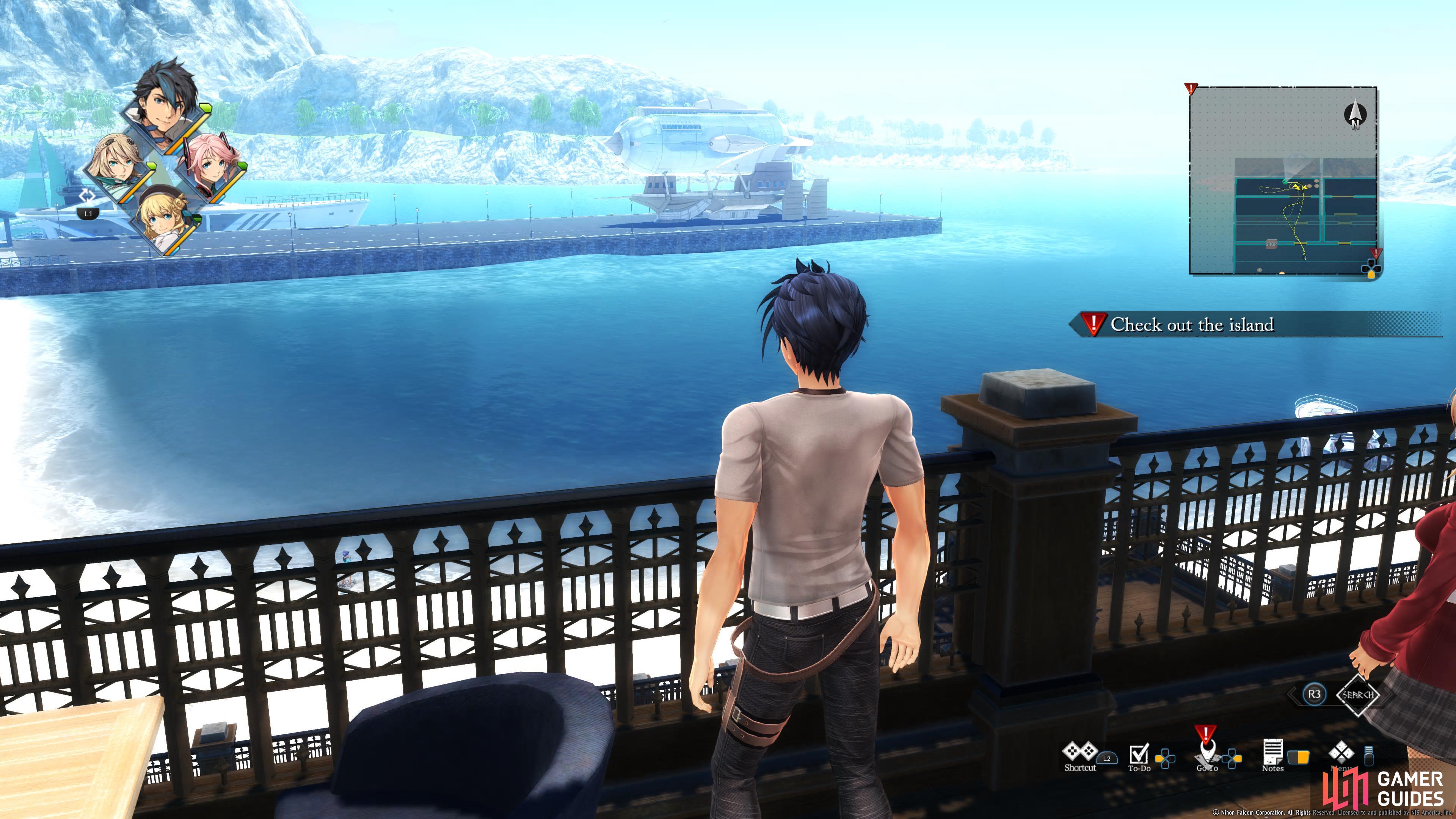
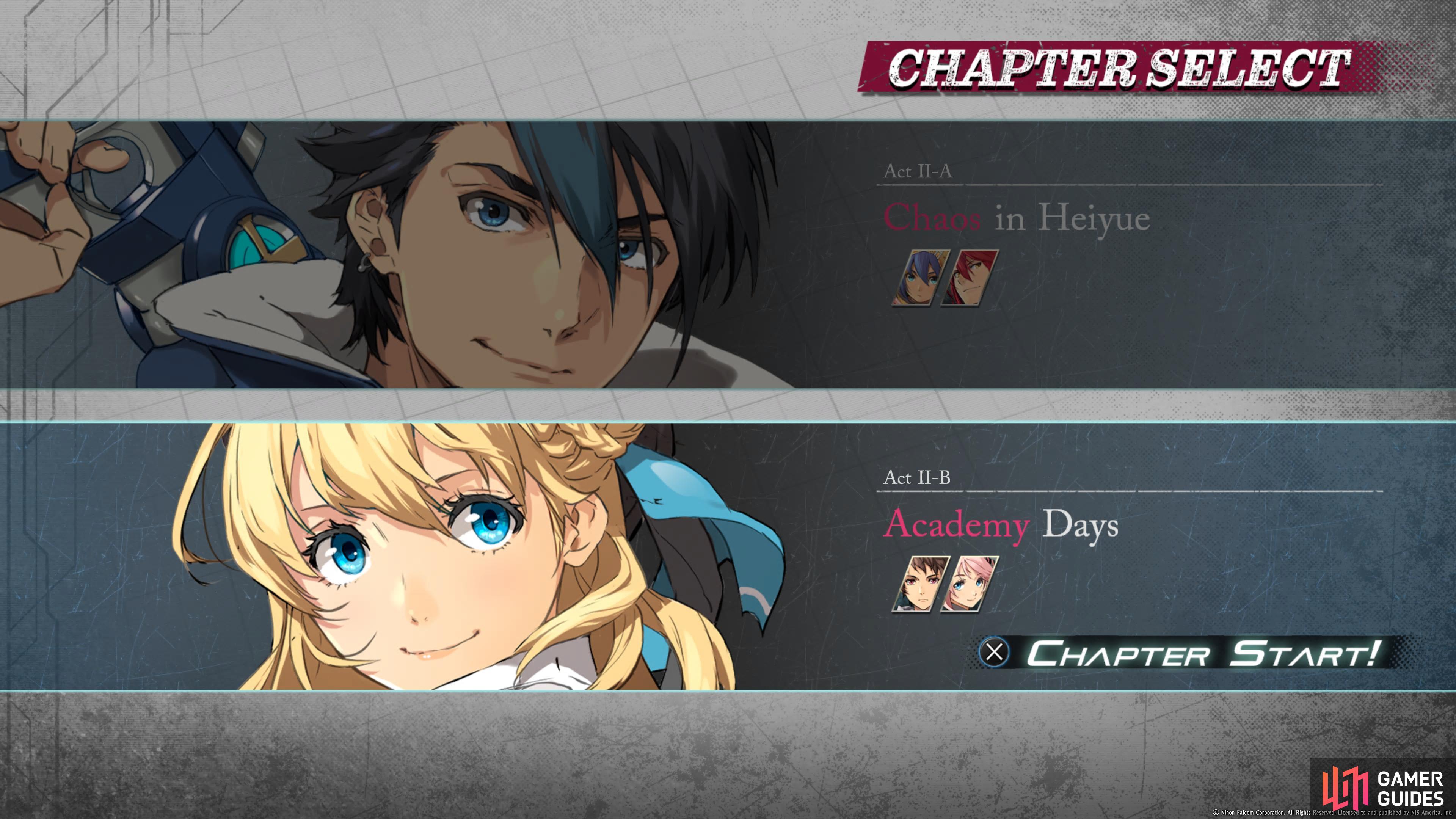
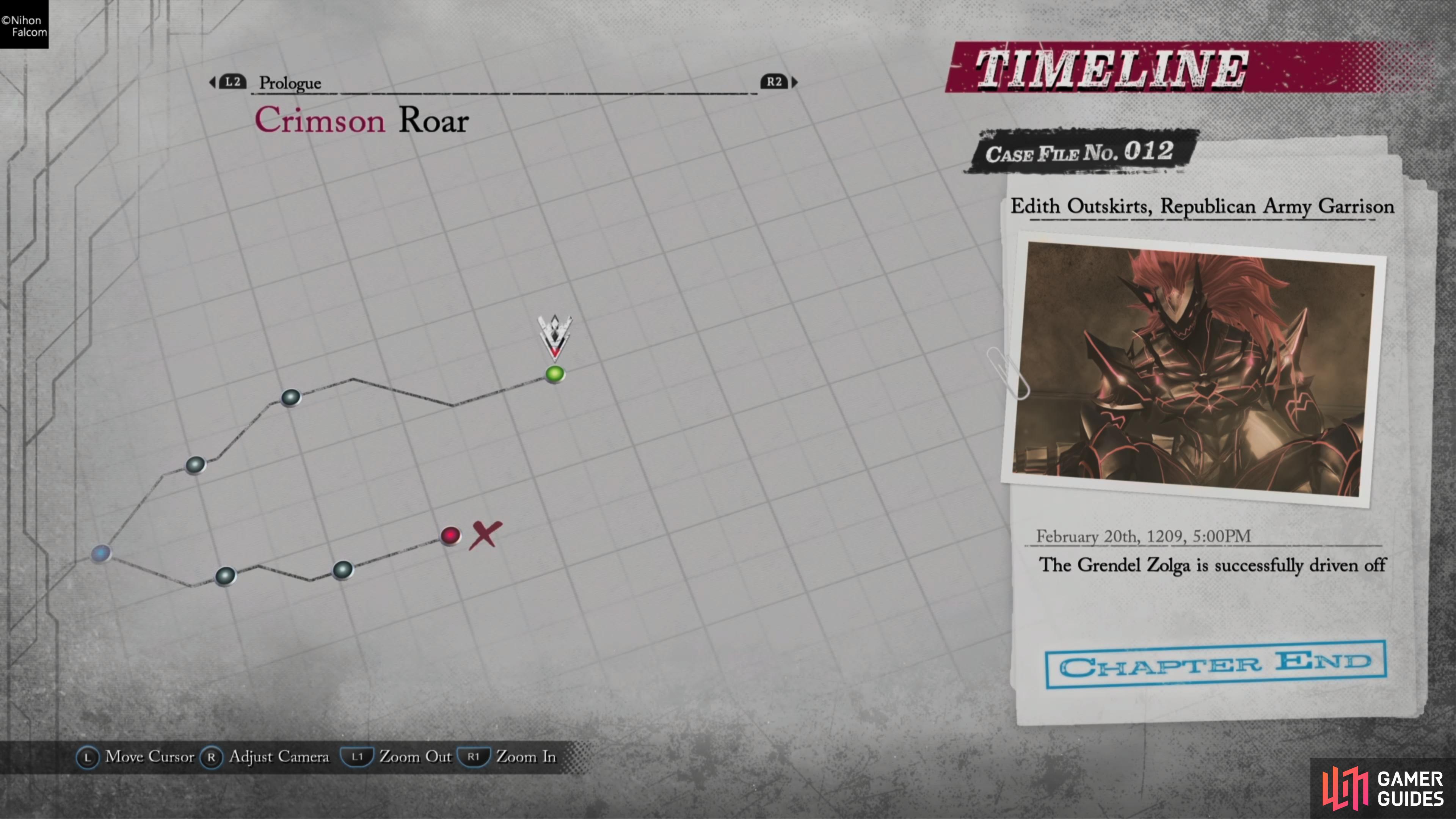
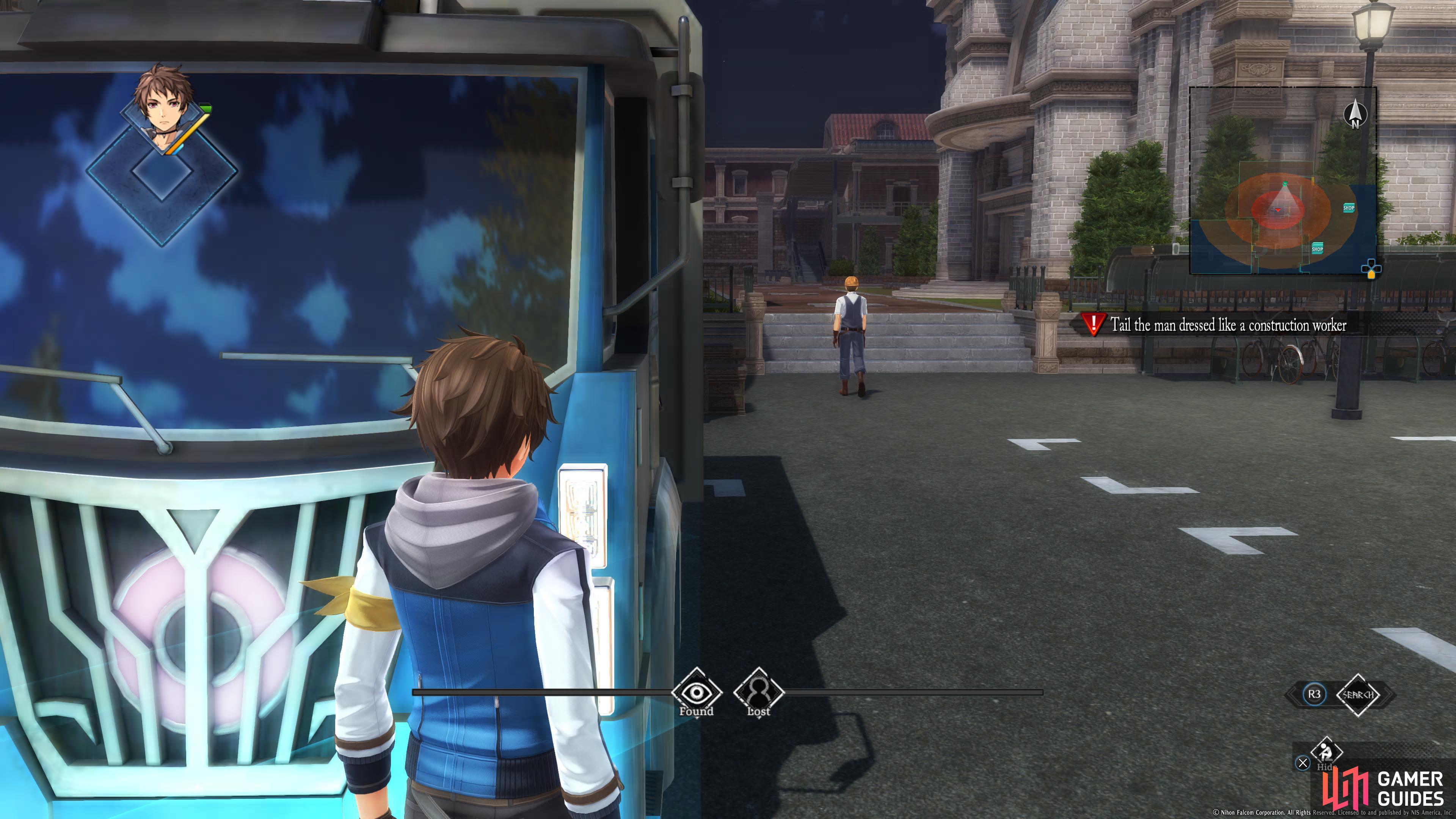
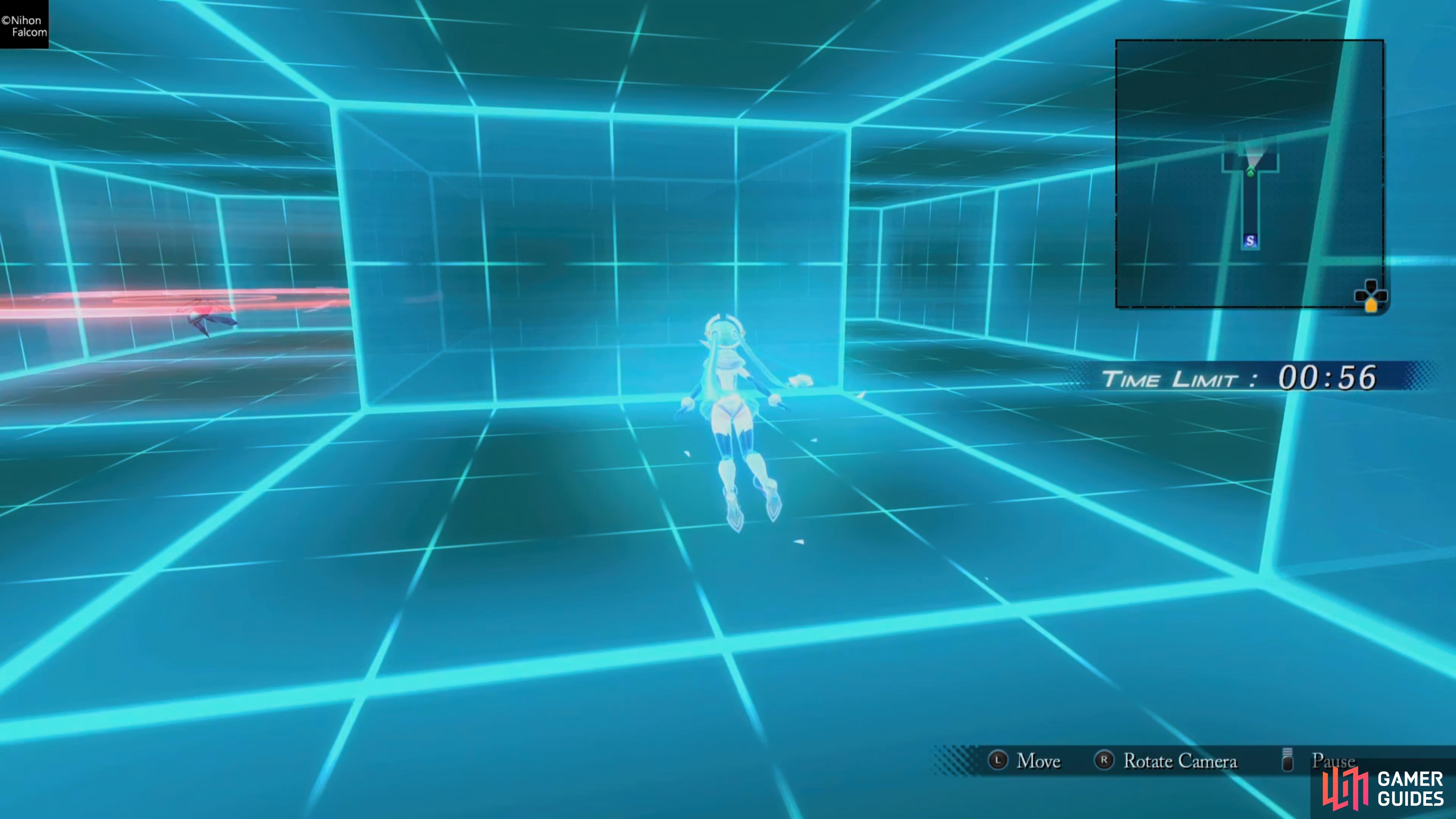
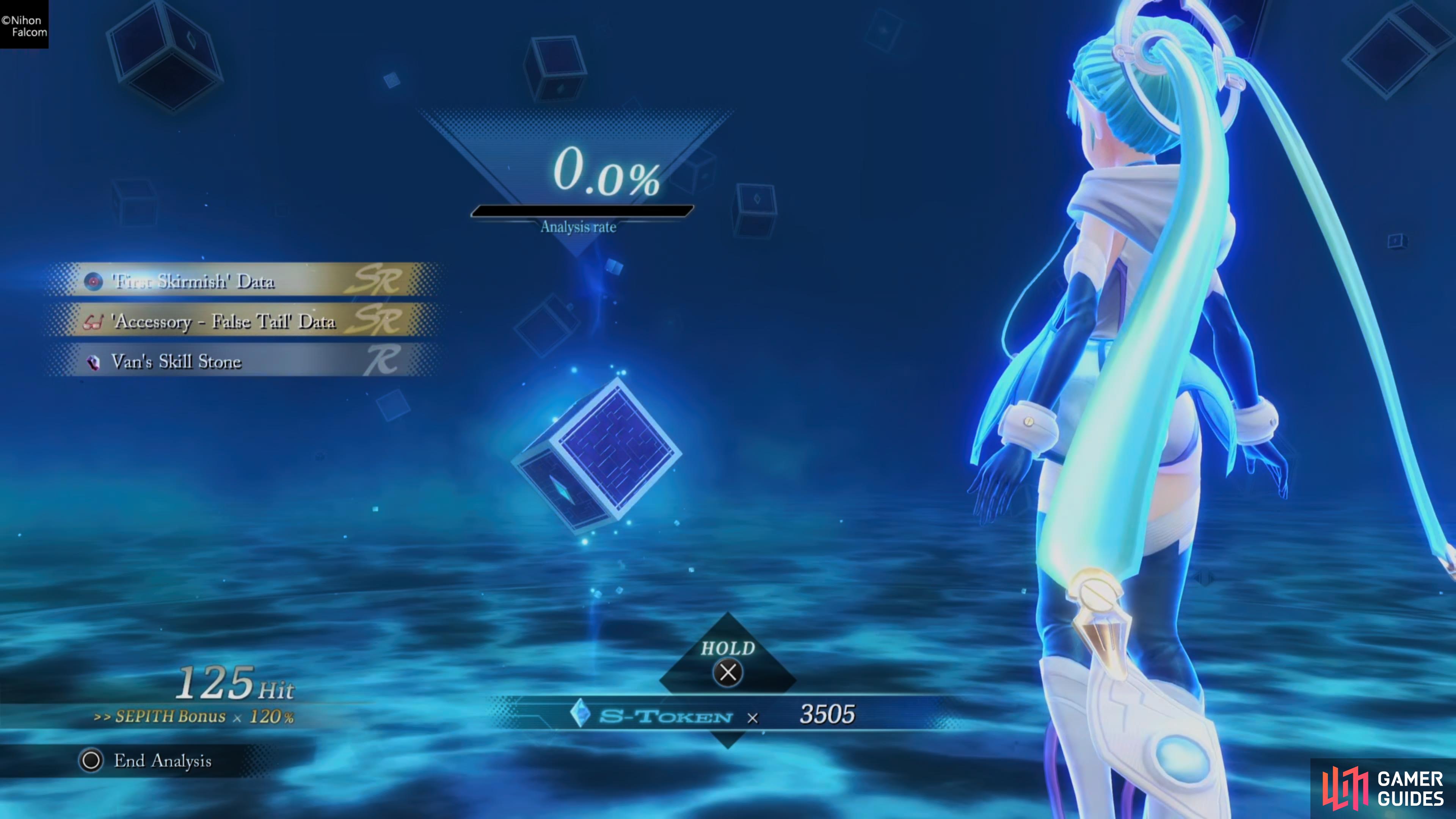
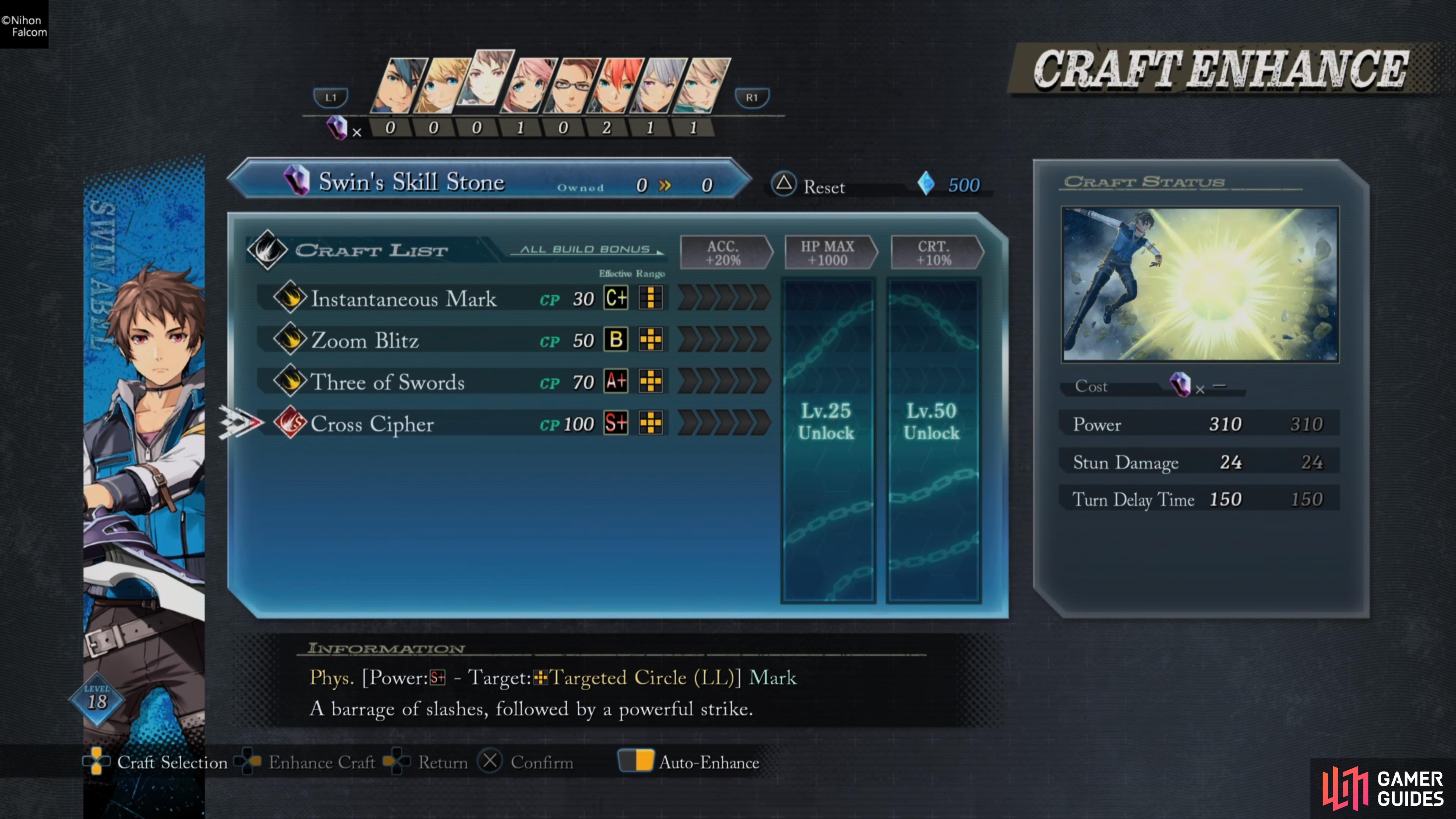
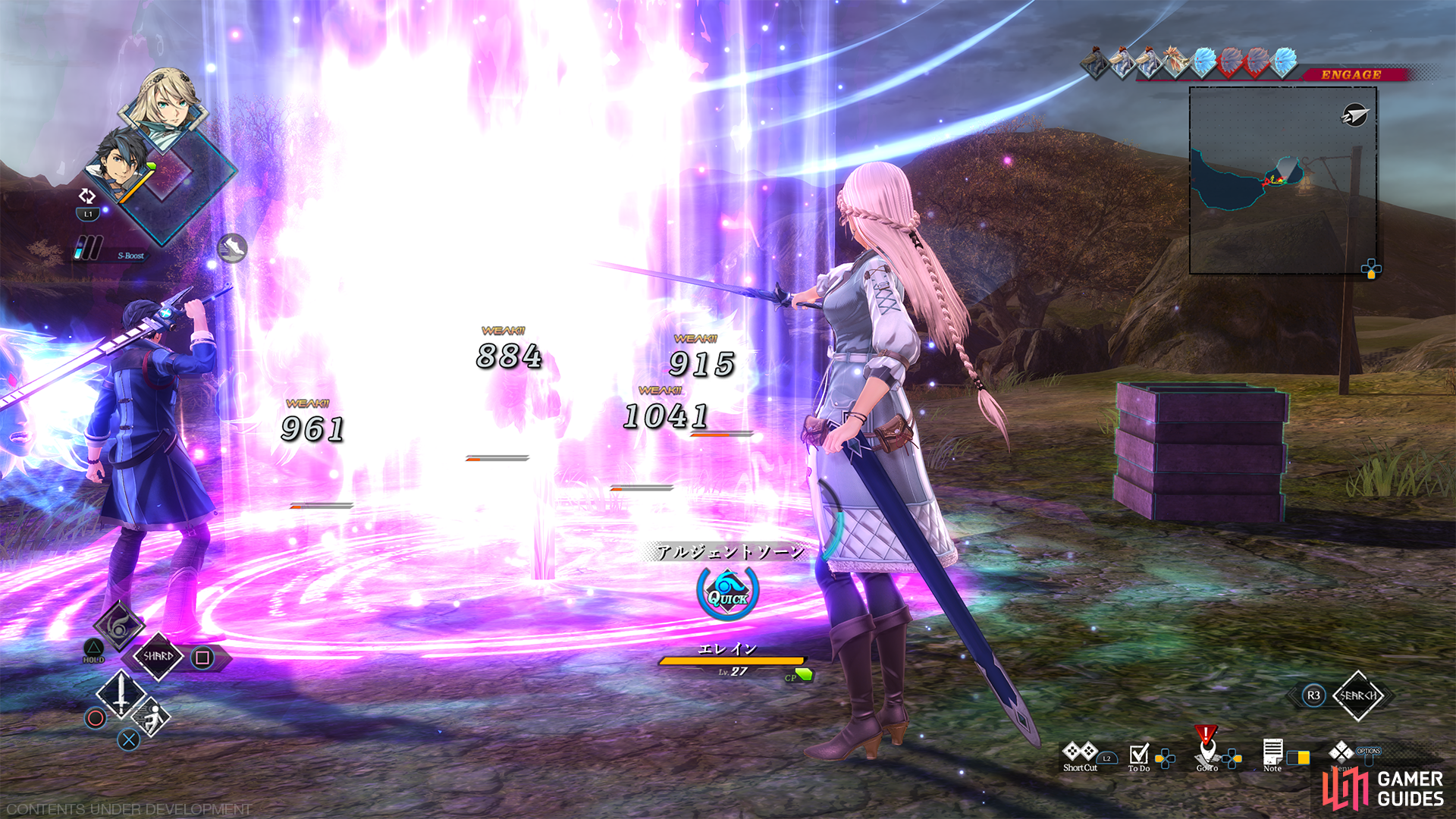
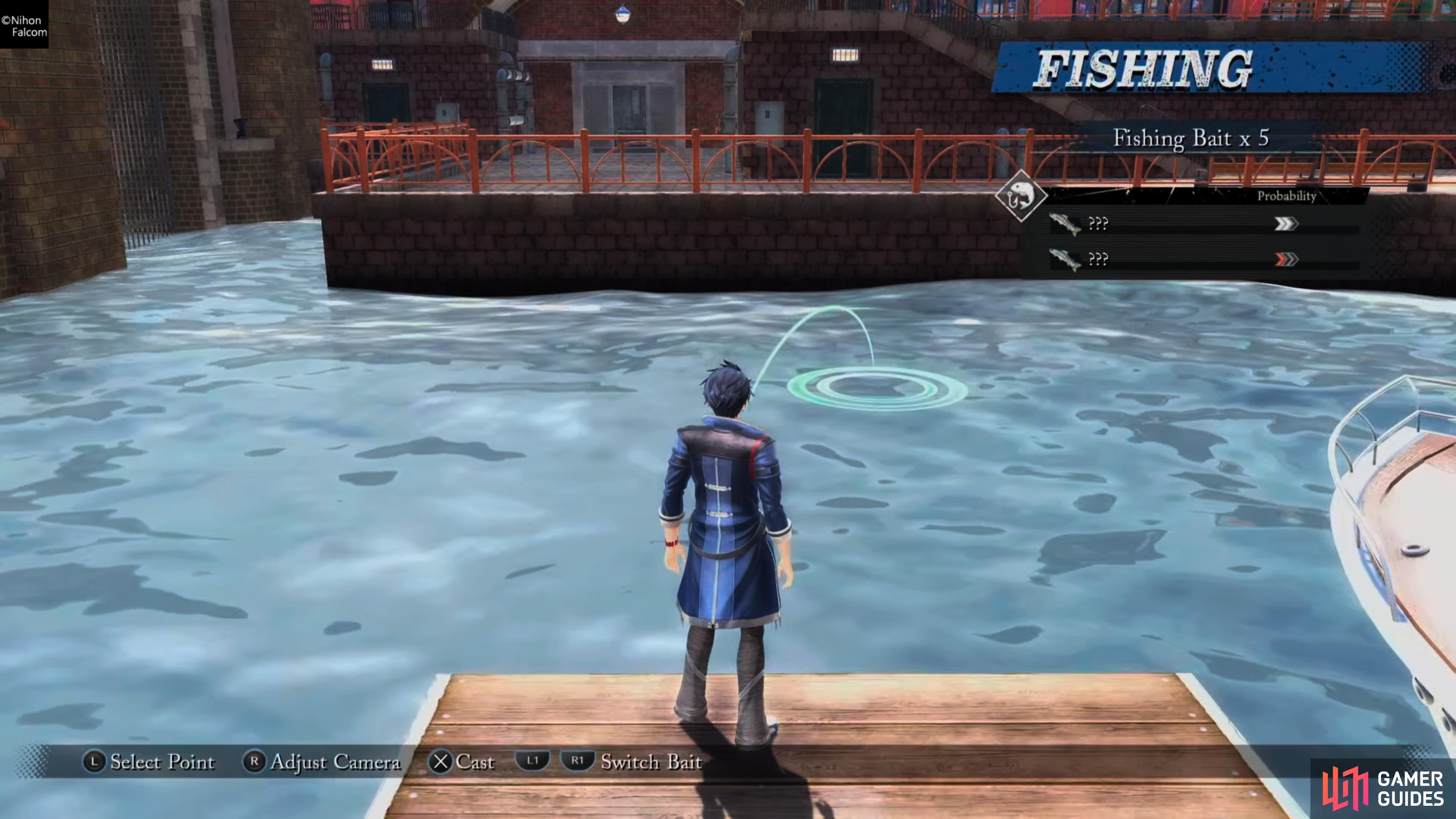
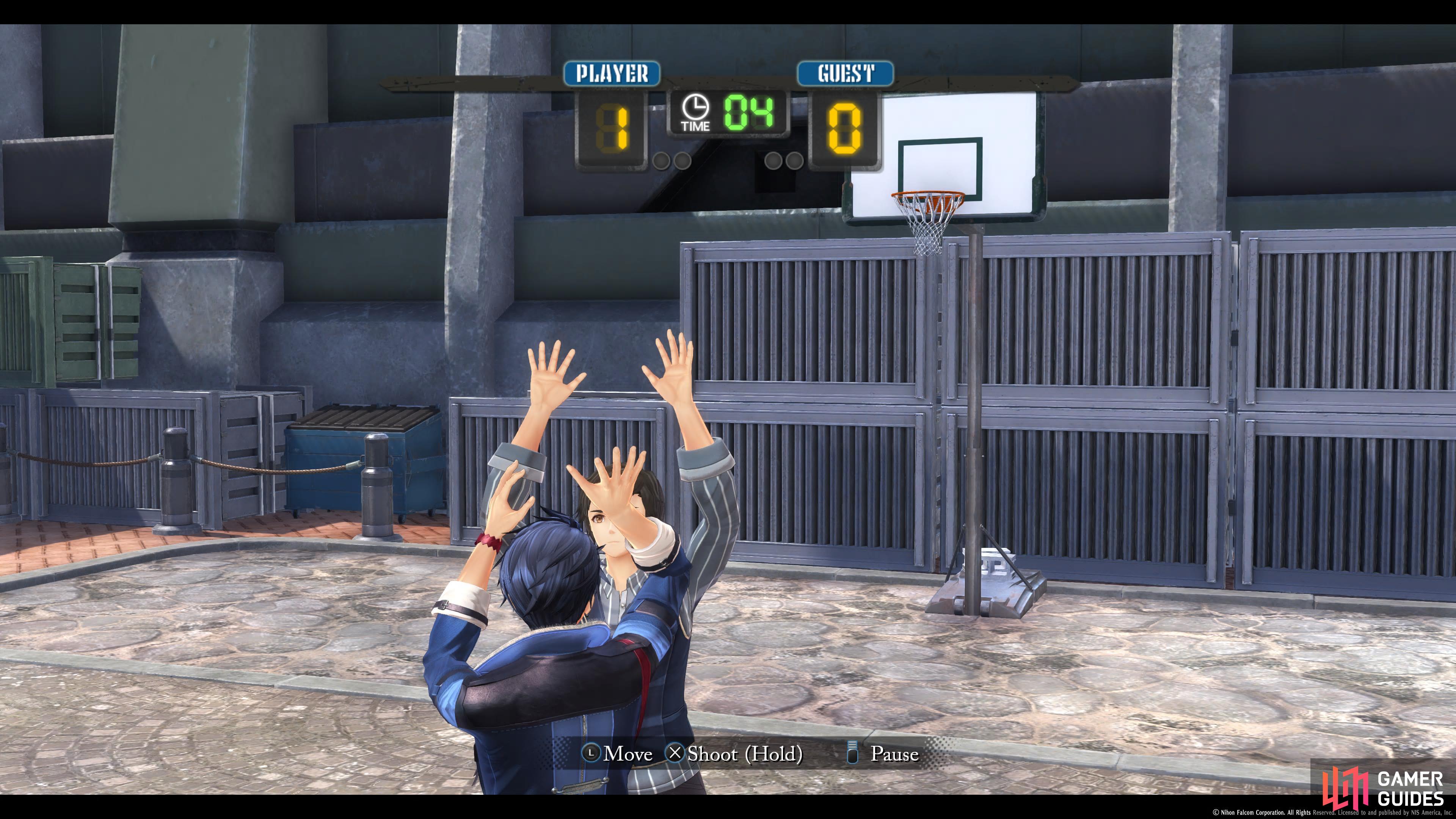
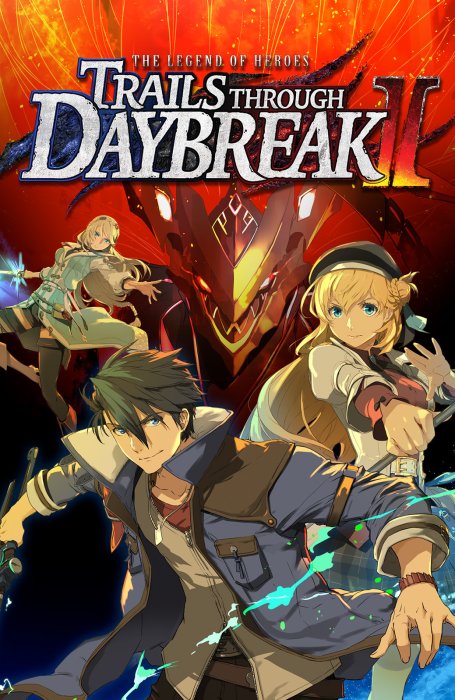
No Comments